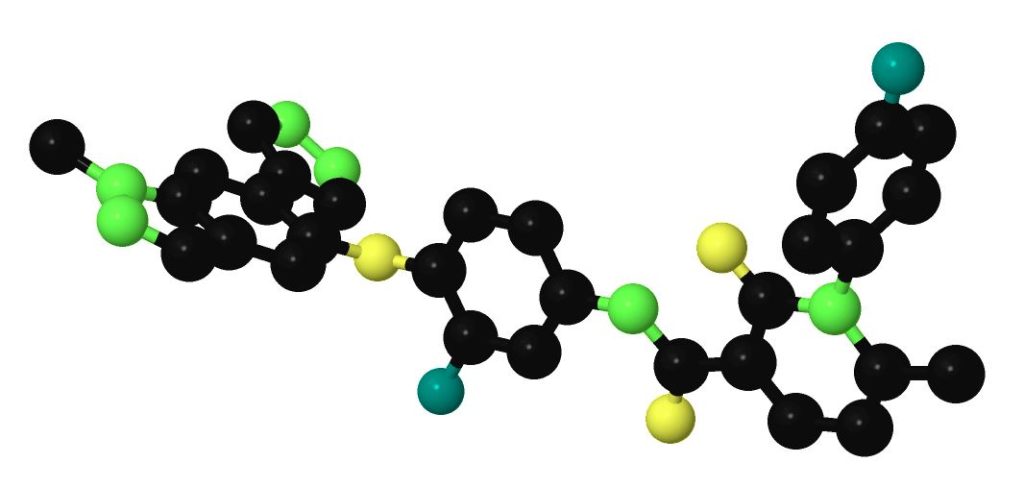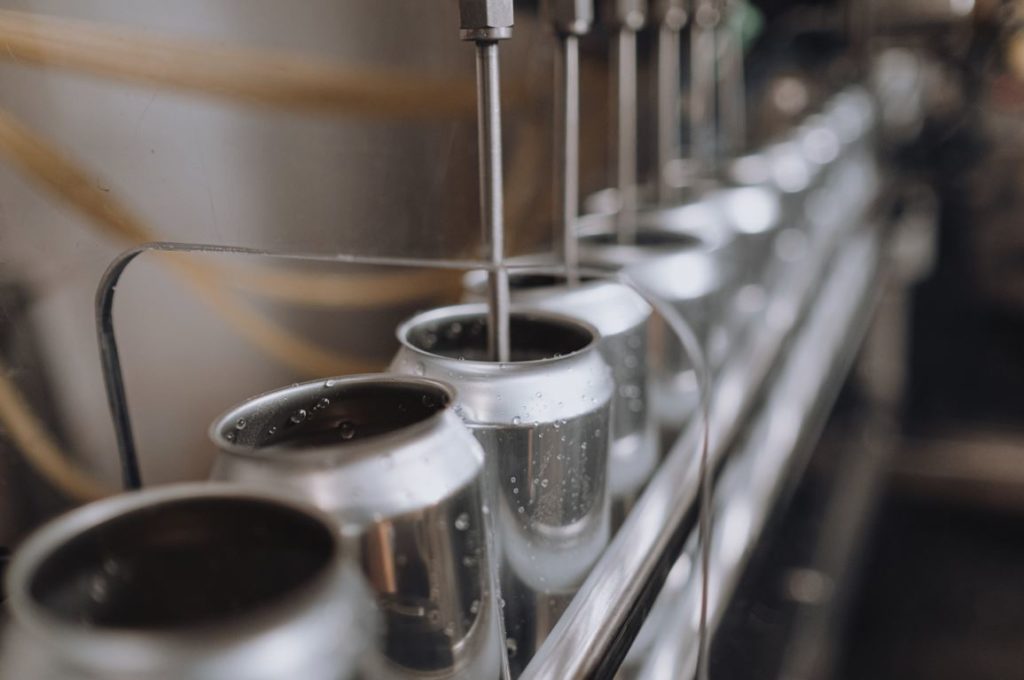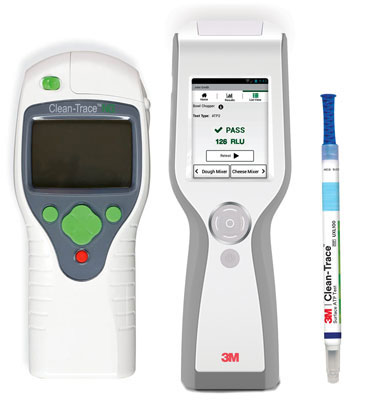
Atp testing is a quick and reliable way to measure the cleanliness of an environment or surface. It utilizes the enzyme ATP (Adenosine Triphosphate) as a marker for bacteria, and other microorganisms that are often found in areas where hygiene is important. This method has been used by many industries such as restaurants, food processing plants, hospitals, laboratories, and more for decades now.
By using ATP testing to detect organic material on surfaces or objects quickly and accurately it can help reduce cross-contamination risks from unclean environments which could lead to serious health issues.
What Is The Atp Testing Procedure?
The Process of ATP Testing
ATP testing involves taking samples of the environment, typically through ATP test swabs or surface wipes. These samples are then tested using a luminometer, which measures the amount of light emitted from the energy molecule sample when exposed to certain wavelengths of light. The amount of light emitted is directly proportional to the amount of ATP present in the sample. This process takes about 15 seconds and generates a relative measurement for each sample taken.
The Benefits of ATP Testing
ATP testing is used primarily as a tool for assessing cleanliness levels in restaurants, food processing plants, Healthcare, Fitness Centers, and other environments where hygiene standards are critical. By regularly performing microbial ATP tests in these areas, companies can quickly identify potential sources of contamination before they become a problem. In addition, regular use of ATP tests helps companies meet hygiene regulations more easily and efficiently.
Is Atp Testing Accurate?
The Basics of ATP Testing
ATP stands for Adenosine Triphosphate and is produced by living organisms. The process involves collecting samples from a surface or liquid with ATP swabs or a sponge. The sample is then placed inside an ATP meter analysis device that shines light onto the sample which causes it to luminesce (or glow). The amount of luminescence is proportional to the amount of ATP in the sample. This information is then used to calculate an RLU (relative light unit) score which indicates how clean or contaminated the area is.
Accuracy of ATP Testing
So, how accurate are these tests? According to studies conducted by independent research organizations, ATP testing can detect as little as 5 picograms (or 1/10000000000 grams) of organic material. This means that it can detect dirt particles that are not visible to the naked eye and can even identify microscopic contaminants such as bacteria spores on surfaces that appear perfectly clean at first glance.
In addition to its accuracy, another great feature of ATP testing is its speed; results often come back within minutes rather than hours or days like other methods such as culturing require.

Limitations of ATP Testing
Despite its impressive accuracy, there are some limitations associated with this type of testing. For example, while it can accurately detect levels of bacteria present in a sample, it cannot differentiate between potentially harmful pathogens like E. coli from harmless germs like lactic acid bacteria. Additionally, due to its reliance on light-based technology, this type of testing cannot be used on non-porous surfaces such as glass or stainless steel since there will be no organic material for the light beam to react with and thus no luminescence produced by the sample.
Does Atp Testing Detect Viruses?
ATP testing does not directly detect viruses, but it can be used to indicate their presence. That’s because all living things contain ATP, including bacteria, fungi, and viruses. So if your test results show high levels of ATP on your surface, then it’s likely that there are also some other microorganisms present as well—including potentially dangerous viruses. Of course, you’ll need to perform additional tests to confirm whether or not that is actually the case.
Atp Testing In The Food Industry

The food industry relies heavily on ATP testing to ensure that food products are always kept clean and hygienic during processing. This type of testing is particularly useful in situations where contamination could occur in hard-to-clean areas such as crevices, drains, and cracks. In addition, it can often be used in conjunction with other types of tests such as culturing or PCR testing to achieve better results when it comes to detecting the source of contamination.
Benefits for Businesses
ATP testing provides businesses with several benefits. It helps them detect potential problems before they occur so that corrective action can be taken quickly if necessary. It also saves time compared to traditional methods such as plate count tests because results are available much faster—sometimes within minutes instead of days or weeks. When used properly, it can help businesses save money by reducing spoilage due to undetected contamination.
Atp Testing For Water
ATP testing can be used to test the water quality in a variety of different settings. For example, it’s commonly used by municipal water departments to evaluate their treatment processes and ensure that they are adequately removing harmful contaminants from the water supply. It can also be performed at home on tap water or well water to see if there are any potentially dangerous bacteria present. Similarly, businesses such as bottled water companies often use ATP testing on incoming shipments of drinking water to make sure that everything is clean before bottling it for consumers.
Final Thoughts About ATP Testing For Cleanliness
ATP testing is a reliable and quick way to measure the cleanliness of an environment or surface. Its accuracy, speed, and ability to detect even microscopic contaminants make it an invaluable tool for companies in the food industry as well as municipal water departments that need real-time information about their processes. It can also be used by businesses to ensure that they are providing customers with safe products. If you suspect that your tap or well water may contain dangerous bacteria, then this type of testing is one of the best ways to find out quickly and accurately what’s present in your sample.
Frequently Asked Questions
Q: What are the best cleaning processes to use after failing an ATP test?
A: The best cleaning procedures vary based on what kind of ATP test results you are getting. If an environmental ATP test fails, then it is important to clean the surfaces that were tested with a hospital-grade disinfectant like Smart Touch. If a food contact surface ATP test fails, then it is important to clean the surface with a food-grade sanitizer, detergent, or the Common Sense Disinfect and Protect kit.

Q: How expensive are ATP hygiene monitoring services?
The cost of ATP hygiene monitoring services can vary depending on the size and scope of the project, as well as the features and functions that are included. Call 609-709-7988 or Contact Us Now for ATP hygiene monitoring services in New Jersey.
Q: Are relative light units used in ATP testing devices?
A: Different devices may use different light units or scales. However, most ATP testing devices use either relative light units (RLUs) or arbitrary units (AU). In general, the greater the RLU value or AU reading, the higher the amount of ATP present in the sample.

